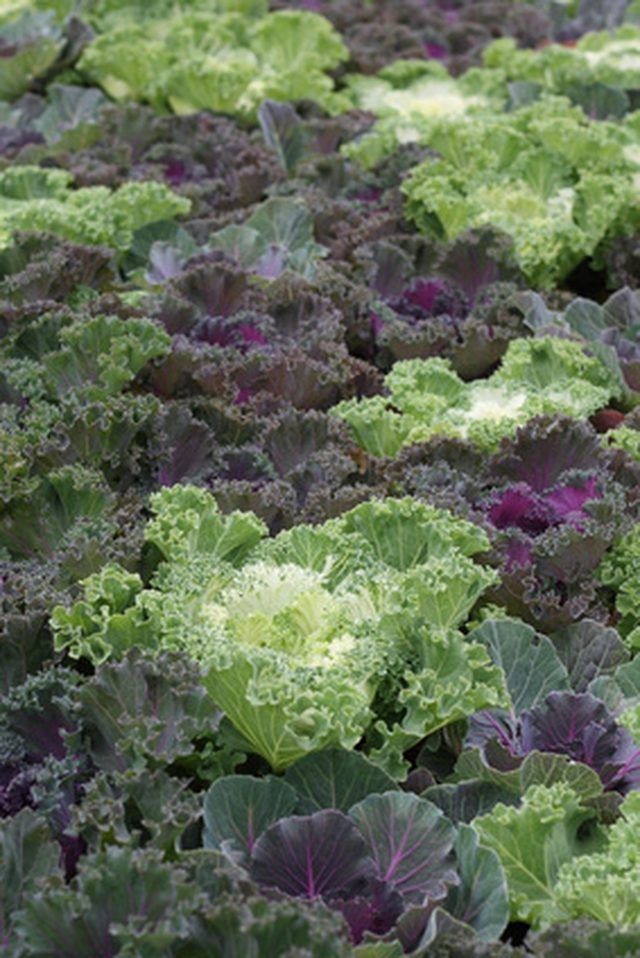Bulbs
Flower Basics
Flower Beds & Specialty Gardens
Flower Garden
Garden Furniture
Garden Gnomes
Garden Seeds
Garden Sheds
Garden Statues
Garden Tools & Supplies
Gardening Basics
Green & Organic
Groundcovers & Vines
Growing Annuals
Growing Basil
Growing Beans
Growing Berries
Growing Blueberries
Growing Cactus
Growing Corn
Growing Cotton
Growing Edibles
Growing Flowers
Growing Garlic
Growing Grapes
Growing Grass
Growing Herbs
Growing Jasmine
Growing Mint
Growing Mushrooms
Orchids
Growing Peanuts
Growing Perennials
Growing Plants
Growing Rosemary
Growing Roses
Growing Strawberries
Growing Sunflowers
Growing Thyme
Growing Tomatoes
Growing Tulips
Growing Vegetables
Herb Basics
Herb Garden
Indoor Growing
Landscaping Basics
Landscaping Patios
Landscaping Plants
Landscaping Shrubs
Landscaping Trees
Landscaping Walks & Pathways
Lawn Basics
Lawn Maintenance
Lawn Mowers
Lawn Ornaments
Lawn Planting
Lawn Tools
Outdoor Growing
Overall Landscape Planning
Pests, Weeds & Problems
Plant Basics
Rock Garden
Rose Garden
Shrubs
Soil
Specialty Gardens
Trees
Vegetable Garden
Yard Maintenance
How to Plant Kale
How to Plant Kale. Kale, a member of the cabbage family, is a fast-growing, cool-weather vegetable, delicious eaten raw or added to stir fries or soups. Plant kale seeds in the garden in autumn, approximately three months before the last expected frost in your area. Leave kale in the garden all winter for a supply of fresh, nutritious, green...

Kale, a member of the cabbage family, is a fast-growing, cool-weather vegetable, delicious eaten raw or added to stir fries or soups. Plant kale seeds in the garden in autumn, approximately three months before the last expected frost in your area. Leave kale in the garden all winter for a supply of fresh, nutritious, green veggies. Kale can withstand temperatures as low as 25 degrees Fahrenheit and can be harvested even when there is snow on the ground.
Things You'll Need
Spade
Compost or manure
All-purpose, balanced fertilizer
Hoe
Kale seeds
Hose and spray attachment
Nitrogen-rich fertilizer
Organic mulch
Prepare a sunny, well-drained garden spot for planting kale. Spade the ground to a depth of at least 6 inches. Work in 2 to 4 inches of organic matter, such as compost or decomposed manure, along with an all-purpose fertilizer with a ratio such as 10-10-10. Use 4 to 6 cups of fertilizer for every 100 square feet of planting area. Rake the soil smooth.
Use the corner of your hoe to make shallow rows 2 feet apart. Sprinkle the kale seeds in the rows, and then cover the seeds with 1/4 to 3/4 inch of soil.
Water the area carefully with a hose and spray attachment. Keep the soil moist until the seeds germinate. After that time, give the kale approximately 1 to 2 inches of water every week, watering at the base of the plant to avoid wetting the leaves as much as possible.
Thin the kale when the seedlings are 2 to 4 inches tall, allowing 12 to 18 inches between each plant. Transplant the extra seedlings to another spot or add them to soup or a salad.
Fertilize the plants after thinning, using a nitrogen-rich fertilizer with a ratio such as 34-0-0 or 21-0-0. Use about a cup of fertilizer for every 10 feet of row. Sprinkle the fertilizer on the soil about 6 inches from the plant, and then water immediately.
Spread 1 to 2 inches of organic mulch, such as straw or grass clippings, around the plant. Mulch will keep the soil moist and help to deter weeds.
Keep weeds under control. Hoe weeds that appear between the rows. Pull weeds next to the plants to avoid damaging the roots of the kale.
Harvest the kale as desired. Start at the bottom of the plant and remove as many leaves as you like. If you leave four small leaves at the top of the plant, the kale will continue to produce. In U.S. Department of Agriculture plant hardiness zones 7 and above, the kale can be harvested all winter. Kale may survive in colder climates with a thick 4 to 6-inch layer of mulch spread around the plants.
Tips & Warnings
Kale can also be planted in early spring, four to five weeks before the last expected frost. However, once the temperature reaches 75 degrees Fahrenheit, kale won't do well, and production will decrease.